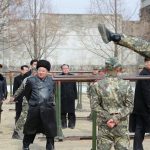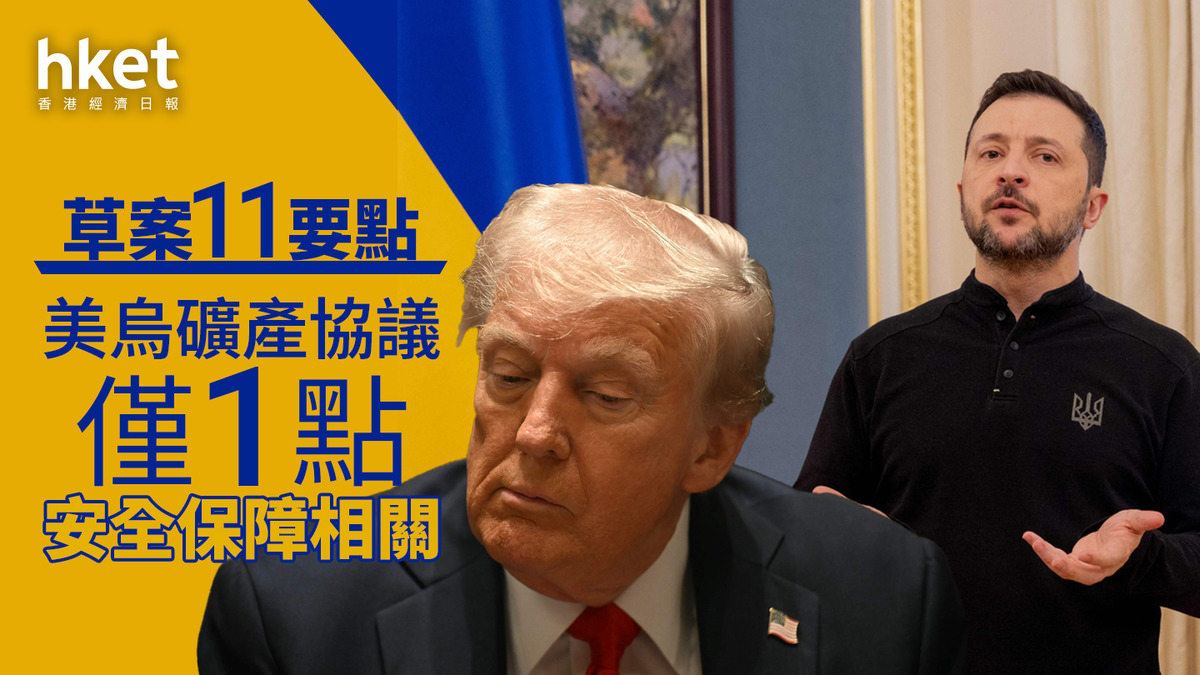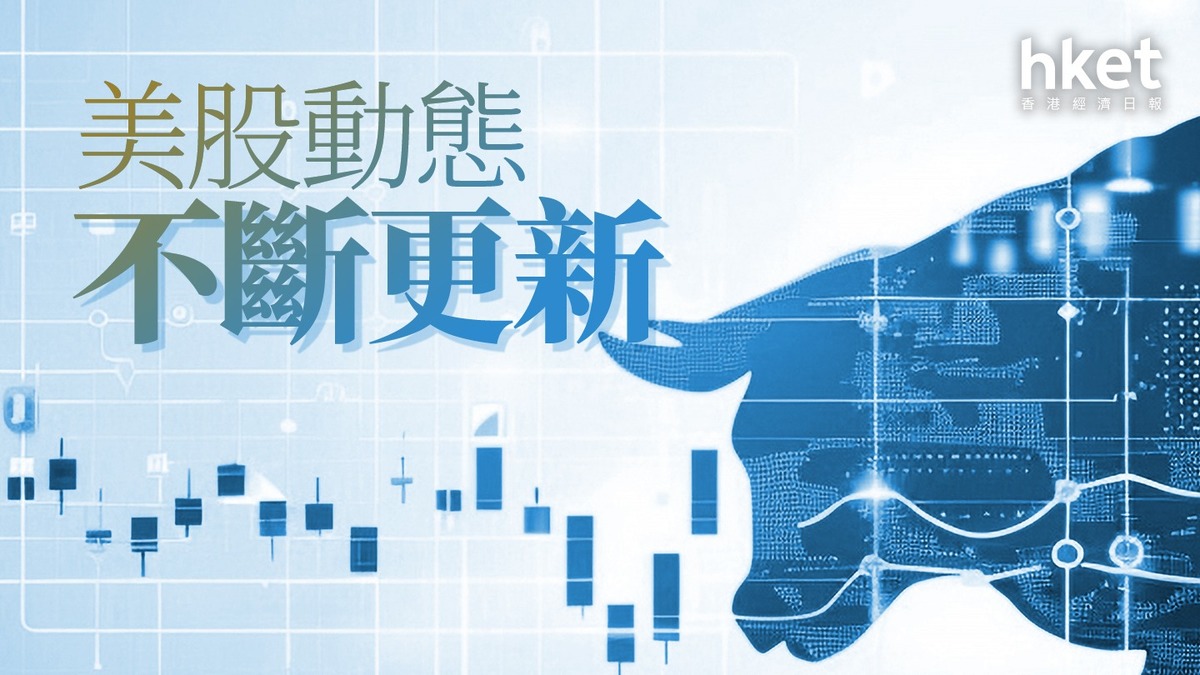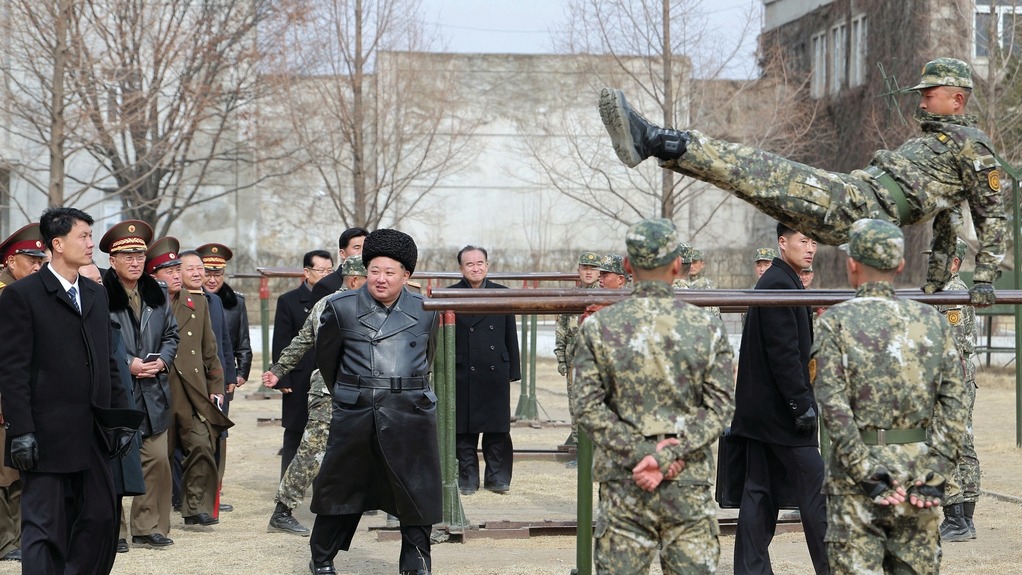## U.S.-Ukraine Minerals Deal: Key Points and Analysis
The recent agreement between the United States and Ukraine regarding access to Ukrainian mineral resources has garnered significant attention. Below are key points and a detailed analysis of the deal.
Key Points of the U.S.-Ukraine Minerals Deal
1. Access to Mineral Resources: The deal allows the United States to access Ukraine’s mineral resources, which include deposits of minerals, hydrocarbons, and natural gas, excluding current revenue sources for Ukraine[1][3].
2. Joint Fund Establishment: A jointly owned U.S.-Ukrainian Reconstruction Investment Fund will be created. Ukraine will contribute 50% of future revenues from government-owned natural resources to this fund[1][3].
3. Reinvestment in Ukraine: The fund’s money will be reinvested in Ukraine at least annually, focusing on projects within the country[1][3].
4. Security Guarantees: The agreement lacks specific U.S. security guarantees for Ukraine, a key demand by Kyiv. It only mentions U.S. support for Ukraine’s efforts to obtain security assurances[1][3].
5. Mineral Resources: Ukraine holds significant deposits of manganese, titanium, graphite, and rare earth metals. However, many of these resources are in Russian-occupied territories[1][2].
6. Investment Challenges: The development of these resources faces significant challenges, including infrastructure destruction due to the ongoing war and high investment costs[2].
7. Political Implications: The deal is seen as a political win for U.S. President Donald Trump, while Ukrainian President Volodymyr Zelenskyy faces scrutiny over the lack of security guarantees[3].
8. Economic Potential: Estimates suggest that Ukraine’s mineral resources could be worth hundreds of billions or even trillions of dollars, but current assessments are based on outdated data[2].
9. Future Negotiations: Many details, including the exact ownership structure of the joint fund and operational governance, are to be determined in future negotiations[3].
10. Approval Process: The agreement is subject to approval by Ukraine’s parliament but does not require Congressional approval in the U.S.[3].
11. International Reactions: The deal has raised concerns among European allies, who view it as potentially destabilizing transatlantic relations[2].
Detailed Analysis
#
Economic and Political Implications
The U.S.-Ukraine minerals deal represents a significant shift in the economic and political landscape of the region. Economically, it offers Ukraine a potential source of revenue and investment, which could aid in post-war reconstruction. However, the lack of modern assessments of Ukraine’s mineral reserves and the challenges posed by the ongoing conflict may limit immediate economic benefits[2].
Politically, the deal is seen as a victory for President Trump, who has been keen to secure access to Ukraine’s resources. For President Zelenskyy, the agreement may ease tensions with the U.S. but also raises domestic and international scrutiny over the absence of robust security guarantees[3].
#
Security Concerns
A major point of contention is the lack of specific security guarantees in the agreement. Ukraine had sought long-term and robust security commitments to deter future Russian aggression, but these were not included in the draft[1][3]. The U.S. has only expressed support for Ukraine’s efforts to obtain such guarantees, which may not be sufficient to address Kyiv’s security concerns.
#
Challenges and Future Directions
The development of Ukraine’s mineral resources faces significant challenges, including the need for substantial investment in infrastructure and the risks associated with operating in conflict zones[2]. Future negotiations will be crucial in addressing these challenges and finalizing the details of the joint fund and security arrangements.
In conclusion, while the U.S.-Ukraine minerals deal offers potential economic benefits, it also raises important questions about security, political stability, and the long-term implications for both countries involved.
Related sources:
[2] abcnews.go.com
[3] www.rferl.org
[4] www.france24.com











